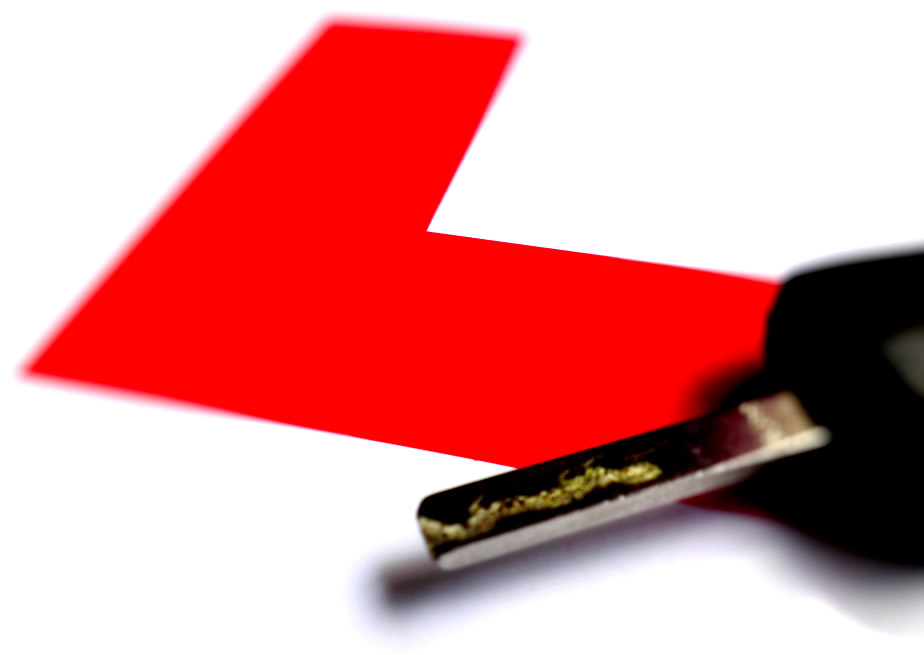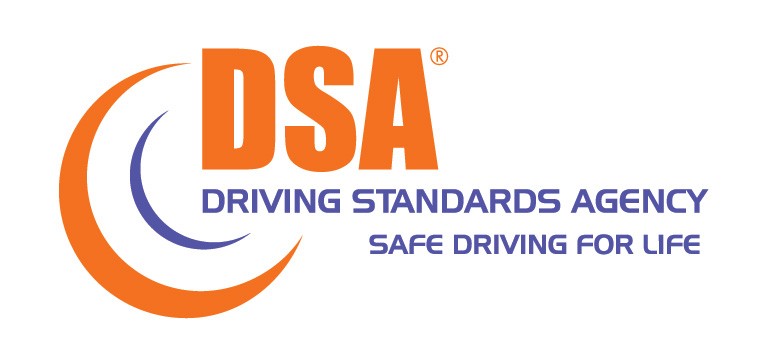Learn to Drive Hull

Driving Test Fees
Part 1 - Theory Test £25
Part 2 - Road Driving Test £62
Evenings, weekends or bank holidays £75
(please check before booking as fees can alter - fees correct at time of publishing)
Useful Contacts
Trevor, TrevsRevs Driving School Instructor (for booking lessons direct)
07974 386042
Email: Click Here for any queries or for booking lessons
Driving Standards Agency - Tel. 0300 200 1122
Driving Standards Agency address: 112 Upper Parliament Street, Nottingham, NG1 6LP
Free Advice on Part 1 Theory or Part 2 Road Driving Test or Lessons - 07974 386042
I am now registered with Theory Test Pro which will give you free access to training and tests to help you pass your theory test, why not try this on line test
 >HERE
>HERE
When you sign up with me for lessons you have unlimited access to this programme saving you money on discs, app's or books.
Theory Test
The theory test is made up of a multiple-choice section and a hazard perception section.
You need to pass both sections to pass the theory test.
Before the test starts, you will be given instructions on how to complete the tests.
You can choose to do a practice session of multiple-choice questions to get used to the layout of the test.
At the end of the practice session, the real test will begin.
A question and several possible answers will appear on a computer screen - you have to select the correct answer.
Some questions may need more than one answer.
You can move between questions and 'flag' questions that you want to come back to later in the test.
Time allowed : 57 Minutes
Pass mark : 43 out of 50
After the multiple-choice section, you can choose to have a break of up to three minutes before the hazard perception section starts.
Hazard Perception Test
You will be shown a series of video clips on a computer screen.
The clips:
Feature every day road scenes,
Contain at least one developing hazard - but one of the clips will feature two developing hazards.
A developing hazard is something that may result in you having to take some action, such as changing speed or direction.
The earlier you notice a developing hazard and make a response, the higher you will score.
The most you can score for each developing hazard is five points.
To get a high score you need to:
Respond to the developing hazard during the early part of its development
Press the mouse button as soon as you see a hazard developing
An example of when to respond to a hazard
Think of a parked car on the side of the road.
When you first see it, it is not doing anything - it is just a parked car.
If you respond at this point, you would not score any marks, but you would not lose any marks.
The difference between a potential and developing hazard
When you get closer to the car, you notice that its right-hand indicator starts to flash.
This would make you think that the driver of the car is going to move away.
The hazard is now developing and a response at this point would score marks.
The indicator coming on is a sign that the car has changed from a potential hazard into a developing hazard.
When you get closer to the car, you will probably see it start to move away from the side of the road.
You should make another response at this point.
Video Clips : 14
Developing Hazards : 15
Pass Mark : 44 out of 75
At The End Of Your Theory Test
When you have finished the test you can leave the test room - but you will not be able to go back in.
You will then be given your result by the test centre staff.
Your Theory Test Pass Certificate
If you pass your theory test, you will get a pass certificate.
You will need this when you book and take your practical test, so it is important that you keep it safe.
Your theory test pass certificate runs out after two years from passing your test
If you have not passed your practical test by then, you will need to re-take and pass the theory test again.
Test Fee £25.00
THE PRACTICAL DRIVING TEST
The driving test is designed for you to show your practical skills and understanding of the Highway Code and the theory of driving safely.
Throughout the test, your examiner will be looking for an overall safe standard of driving.
The driving test is straightforward and has been designed to see if you
can drive safely in different road and traffic conditions
know The Highway Code and can show this through your driving ability.
So long as you show the standard required train2drive, you will pass your driving test.
Before you start the driving ability part of your test, you will have an eyesight check and be asked two vehicle safety questions.
The eyesight check
The examiner will ask you to read the number plate on a parked vehicle to test your eyesight.
If you fail the check, your driving test will not continue.
Vehicle safety questions: 'show me, tell me'
You will be asked two vehicle safety questions.
These are also known as the 'show me, tell me' questions.
The examiner will ask you one 'show me' question, where you will have to show them how you would carry out a vehicle safety check.
You will also be asked one 'tell me' question, where you will have to explain to the examiner how you would carry out the check.
If you give the wrong answer for one or both questions, you will be marked with one driving fault.
The driving ability part of your driving test
If you make a mistake
Do not worry if you make a mistake - it might be a less serious driving fault and might not affect your result
The driving part of your test will last about 40 minutes.
Throughout the test, your examiner will be looking for an overall safe standard of driving.
Your general driving ability
During your test, the examiner will give you directions that you should follow.
You will drive in various road and traffic conditions.
You should drive in the way your instructor has trained you.
You might also be asked to carry out an emergency stop.
Your ability to reverse your vehicle safely
You will be asked to complete an exercise to show how well you can reverse your vehicle.
The examiner will choose one exercise from:
Reversing around a corner
Turning in the road
Reverse parking - either into a parking bay, or parallel parking at the side of the road
Independent Driving
Up until now, during the drive on a test the examiner gives directions throughout the entire route - for example "take the next road on the left", and "turn right at the roundabout taking the third exit".
This helps the learner by making it clear where they need to go but it does not test their ability to work things out for themselves or follow signs.
When surveyed, most new drivers said that after passing their test the biggest problem was that suddenly they have to think for themselves, not only about the control of the car but also the route.
Independent Driving is designed to give the candidate an opportunity to think for themselves.
It will last for about 10 minutes during the test and the examiner has a number of ways to test the candidate.
She/he may ask the candidate to "follow the signs for....", or perhaps show then a small diagram of where they want the candidate to drive to and then ask them to drive there.
It isn't too much of a problem if you forget some of the directions or get lost - even the most experienced of drivers can do this, but generally the new element to the test will be looking for the candidate to be able to drive, on their own for a short time making their own decisions regarding route, positioning etc.
What to do if you make a mistake during your test
If you make a mistake, do not worry about it as it might be a less serious driving fault and might not affect your result.
However, if at any time your examiner considers your driving to be a danger to other road users they will stop your test.
Your driving test result
Your result
You will pass your test if you make:
15 or less driving faults
No serious or dangerous faults
When the driving test has ended, you can call your instructor over if they did not go with you on your test.
This is so they can listen to the result and feedback with you.
The examiner will:
Tell you whether you passed or not
Explain how you did during the test
The different types of faults that can be marked
There are three types of faults that can be marked:
A dangerous fault - involves actual danger to you, the examiner, the public or property
A serious fault - could potentially be dangerous
A driving fault - not potentially dangerous, but if you make the same fault throughout your test it could become a serious fault
The pass mark for the driving test
You can make up to 15 driving faults and still pass the test.
If you make 16 or more driving faults, you will not pass your test.
If you make one serious or dangerous fault, you will not pass your test.
If you pass your test
If you pass your test, the examiner will give you a pass certificate.
They will also ask you if you want your full licence to be sent to you automatically.
Once you have passed your test, you can start driving straight away - you do not need to wait for your full licence to arrive.
Test Fee £62.00


